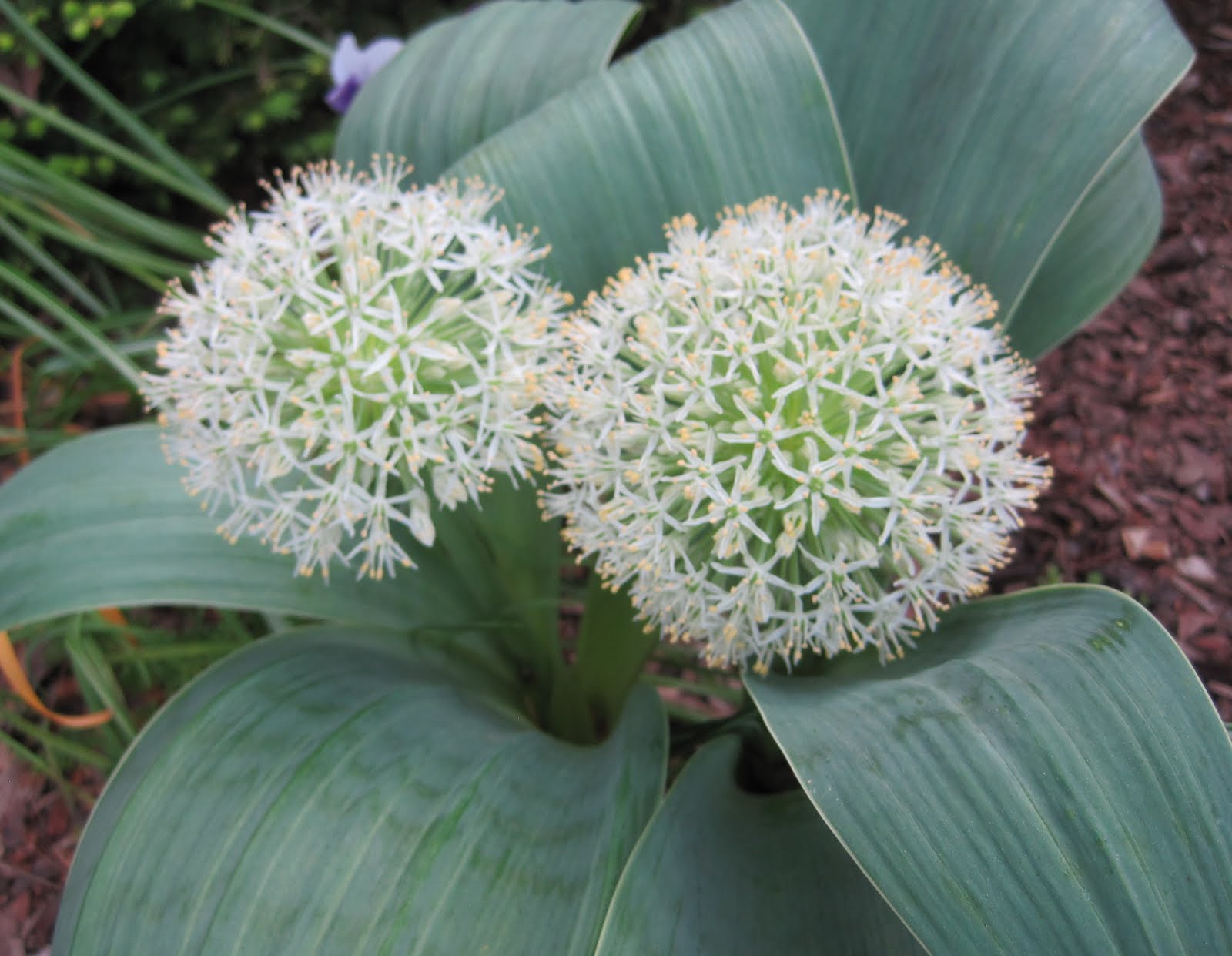 |
| Allium karataviense |
Dear Hortense Hoelove,
How does the Pauli Exclusion Principle relate to gardening?
Signed,
Phil Physics
Dear Phil,
I am so glad you didn’t ask “does the Pauli Exclusion Principle relate to gardening” because then I would have had to answer yes and move on. However, you asked “how”, so I shall tell you.
For us ordinary gardeners, the Pauli Exclusion Principle essentially means “two solid objects cannot be in the same place in the same time”.
It is relevant to gardening in that we should space our plants so that they are given enough room to grow without having to fight another plant for the same space. When plants have to fight for the same space, one plant will lose and one will win.
They simply can’t occupy the same space at the same time.
If they try to grow in the same space, the more vigorous grower will always win.
Time and time again, though, some gardeners place plants so close together that it is as if they think this principle does not apply to their gardens. The arrogance! I suppose they are just so anxious for their gardens to look filled in that they forget to give the plants the space to grow into their own form.
Please, if this is your problem, take into account the Pauli Exclusion Principle and give your plants their own space to grow
Sincerely,
Hortense


So well said! 🙂
In our case, it is always a sweet garden plant and violets seeding themselves right in the middle of the sweet one, then growing so large as to crowd and choke sweetie out. I didn't know there was a name for that. But love love love the Allium karativiense!
I don't know. You can put two plants in the same space and one example is your photo…bulbs, which can go under later blooming plants. Or, bulbs can be planted in the lawn. Does the physics law apply only to above ground space rather than layered?
Well said, which is why new gardens, done right, look so sparse and get those funny looks from visitors. (You know the look…. "wow, does she think this looks good?")
My question, though, is with climbers. A rose and a clematis sharing the same trellis may be not be spaced three feet apart as is often recommended. How does one get around that?
Ha, a friend of mine and I were just discussing this Pauli Exclusion Principle the other day. She stated how I don't adhere to that principle and she does. We didn't know that we were discussing this particular principle but I can't wait to tell her about this. There is always a scientific way to discuss things.
Please don't tell my garden! Several plants have reached detente and all is calm. Except with the Susans~They are all about garden domination. gail
Gail I agree with you on the susans. They ate up my campanula last year and are going to gobble the newly planted iris this spring. Time to root prune.
Think of all the students who complain about having to learn such principles thinking they will never have any practical need for them. I'm glad you were – and are – a good student – and teacher.
Somehow I escaped ever taking a physics class, so I'm glad you explained "The Pauli Exclusion Principle," Carol:) Too bad I didn't learn that before I planted my shade garden, but I'm trying to do better as I plant my newest flowerbed.
I do think there's one exception to this principle, however: I've discovered dandelions can occupy the exact same space as a perennial:)
It's not that I planted 2 things in the same place, it's that something planted itself (usually a violet, but this year poppies) in the same place as another plant. Ambulatory plants can be a challenge.